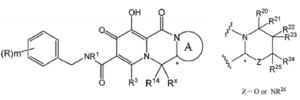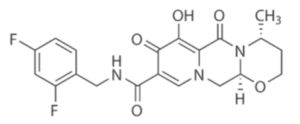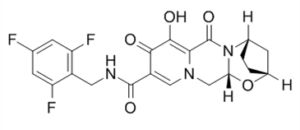In English law, the construction of patent claims has always been held to be a strictly objective exercise. The meaning of the wording of the claims is viewed through the eyes of the skilled person, and the knowledge and intentions of the alleged infringer is irrelevant to determining whether the alleged infringement falls within the scope of the claims. In the seminal 2017 case of Eli Lilly v Actavis, the UK Supreme Court broadened the scope of patent protection by introducing infringement by equivalents into English law. Nothing in the Supreme Court's judgment suggested that the question of whether an alleged infringement is an "immaterial variant" is anything other than objective – their Lordships set forth a three-step test, again to be answered from the skilled person's perspective.
A recent decision by Birss J in Viiv Healthchare v Gilead Sciences (https://www.bailii.org/ew/cases/EWHC/Patents/2020/615.html) may possibly herald the introduction of a subjective element into English patent infringement law. The patent in question relates to a class of chemical compounds with antiviral activity. Viiv has commercialised an anti-HIV drug, dolutegravir, which is protected by the patent. Gilead Sciences' drug, bictegravir, is also an anti-viral drug for HIV treatment. Bictegravir falls outside the scope of the patent's claims on a normal construction. For readers who are interested, details of the chemistry are set out in the Annex.
Viiv contends that bictegravir infringes by equivalents, and has commenced infringement proceedings in the English Patents Court. It relies in part on a publication, Lazerwith, written by authors, all or some of whom are or were employees of Gilead. Viiv contends that Lazerwith establishes that i) the development of bictegravir started from and relied on knowledge of dolutegravir and ii) bictegravir was developed with the aim of maintaining the characteristics of dolutegravir by the use of the similar structural features.
Gilead applied to strike out that part of the claim, on the basis that assessment of patent infringement is purely objective, involving no mental element. Viiv, in response, whilst accepting that the ultimate test is objective, argued that the intentions of the defendant can be probative. Viiv relied in particular on the line of cases in passing off and trade mark infringement, summarised by Kitchin LJ in Specsavers v Asda: "It has long been established that if it is shown that a defendant has deliberately sought to take the benefit of a claimant's goodwill for himself the court will not 'be astute to say that he cannot succeed in doing that which he is straining every nerve to do'."
Birss J declined to strike out the reliance on Lazerwith, holding that it was reasonably arguable and should go to trial. He acknowledged that the ultimate test is objective, and that whether or not a defendant copied does not establish infringement. However, whilst expressing scepticism as to the applicability to patent law of the line of passing off/TM cases referred to above, he said that the cases "make the basic point that if one is seeking to answer an objective question about how something produced by the defendant operates, then the fact the defendant produced it with that purpose in mind may have an evidential value on what is still ultimately an objective question. That is different from saying that intentions form part of the legal test which has to be established".
The introduction of any element of subjectivity into the test for patent infringement, even by the "back door" (as Birss J seems to countenance) would be a radical step. It would make it harder to "design around" patents, and would make patent clearance advice more difficult and expensive to obtain, because the lawyers would have to consider the circumstances in which the potential infringement was created. From a patentee's perspective, though, it would presumably be welcomed as further broadening the scope of patent protection. It remains to be seen whether the trial judge in this action finds the circumstances in which the defendant's drug was designed to be relevant to infringement, and if so whether the Court of Appeal upholds that approach.
Annex: Details of the chemistry for readers who are interested
Viiv's patent claims a class of chemical compounds with a particular structure, including a heterocyclic ring (i.e. a ring containing both carbon and other elements, in this case oxygen) with particular chemical substitutions on the ring. The structure protected by the claims is shown below left – the relevant ring is that marked "A", and one of the options for ring A is shown below right. The substituents "R" are hydrogen or alkyl groups, such as methyl, ethyl etc.

A commercialised anti-HIV drug produced by Viiv, dolutegravir, which is protected by the patent, is shown below.

Gilead Sciences' drug, bictegravir, an anti-viral drug for HIV treatment, has the structure shown below. A careful analysis shows that it falls within the scope of the general structure above, save that substituents R20 and R24 form a bridge. That particular choice of substituents takes bictegravir outside the scope of the patent's claims on a normal construction.

The content of this article is intended to provide a general guide to the subject matter. Specialist advice should be sought about your specific circumstances.


